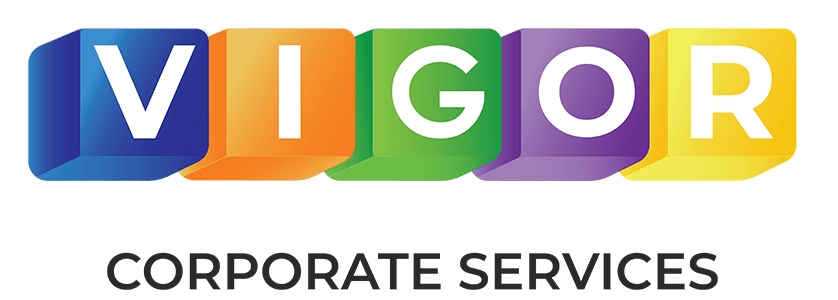Blockchain’s potential to revolutionize everything from healthcare to online gaming is just one example of its transformative power. As a result, corporations and government agencies are turning to innovative blockchain projects.
One of the most popular blockchain is Ethereum, which allows for the safe storage of USDT (tether) on the blockchain and APTUSDT is a smart contract for it. Tether is a cryptocurrency that is backed by USD on a one-to-one ratio. That means that for every dollar you have in your tether wallet, there is actually a dollar somewhere else backing up your Tether.
This gives business owners and individuals peace of mind, as they can conduct transactions with cryptocurrency while still having the value of their assets protected by what they know to be true—a dollar in their bank account or an equivalent amount in USDT on the blockchain.
But for those of you who are willing to make the switch, this is a great time to learn more about Blockchain Technology, which has a ton of unrealized potential and a wide range of uses.
Different Blockchains
The main categories of Blockchain are:
Public Blockchain
A public blockchain is a blockchain that anyone can view, send transactions to, and expect those transactions to be included in the next block if they are valid. A consensus process determines which blocks are added to the chain and what the current state is.
Public blockchains are open to anyone, have no restrictions on membership, and are decentralized. Public blockchains allow all nodes of the blockchain to have equal rights to access the blockchain, create new blocks of data, and validate blocks of data.
The public blockchain is an open platform that enables secure, efficient business transactions. Bitcoin, Ethereum, and Solana are among the most popular public blockchains.
Private blockchains
Private blockchains, or managed blockchains, are under the control of a single organization. The central authority determines who can be a node and does not necessarily grant each node with equal rights to perform functions.
In addition, the central authority of a private blockchain may not always allow each node to execute the same functions. However, because public access is restricted on private blockchains, they are only partially decentralized.
Ripple (XRP) and Hyperledger, which is an umbrella project for open-source blockchain applications, are two private blockchain examples.
Hybrid blockchains
The Hybrid blockchain network combines the security of a public blockchain with the privacy of a private blockchain. It has several advantages over both public and private blockchains, and is expected to be widely used by businesses in highly regulated markets such as retail, real estate, and finance.
Federated or Consortium Blockchain
Federated blockchains are a new type of blockchain designed to solve problems within organizations. They possess features of both public and private blockchains but selectively make information public or private depending on its content.
Consortium blockchains don’t allow for complete anonymity and require a validator node to work properly. They are ideal for customizable applications, like food tracking or shared research, and offer flexible access controls and well-defined governance options that hybrid chains don’t.
How does blockchain technology work?
A blockchain is a tamper-proof digital ledger. It allows individuals in a network to share potentially valuable data in a decentralized way. The type of data stored on a blockchain often depends on the industry or purpose for which the technology was created. For example, a cryptocurrency-based blockchain stores information on crypto transactions.
Blockchains are also streamlined by smart contracts, which are lines of code that act as an agreement between two parties. Smart contracts are used to automatically process transactions without the need for a third party to oversee exchanges.
Is Blockchain Safe?
Blockchain employs various techniques to ensure a transaction’s security, including cryptography, hashing, proof of work and others.
Immutability
Immutability is a key feature of blockchain technology. Because the hash code of each block references the previous block, no individual can alter data that has already been entered in the blockchain. In case of any errors or discrepancies, you can make corrections to transactions by entering new records in a new block. This ensures that there are no errors or double-entry.
Proof of Work (PoW)
Blockchain technology uses the Proof of Work, an algorithm to slow down block creation. It is a complex computation that takes time to solve and verifies the results. The more time it takes, the harder it becomes to calculate or change the proof of work and add new blocks.
Proof of Work makes blockchains safe. For instance, the mining algorithm used by the USTC/USDC coin is proof-of-work. The ustc coin is not premined, so it is fully decentralized.
Proof of Stake (PoS)
Proof of Stake uses cryptographic algorithms to validate transactions. For example, in mining, a validator is chosen based on the number of coins they have, called their stake.
Miners do not technically mine or get rewarded in a traditional sense. As part of a process known as “forging,” they gain coins and those with more stake (known as “stake”) have a greater chance of getting chosen as the validator.
The Bottomline
The rapid rise of cryptocurrencies on the global financial scene has been accompanied by an increasing number of businesses experimenting with blockchain technology and its potential applications.
Blockchain transactions are carried out by using a unique consensus mechanism, which is supported by the peer-to-peer network. Once done, the transactions are recorded in a time-stamped public ledger that cannot be altered.
Blockchain business shows no signs of slowing down, and blockchain technology may one day become a component of, or even completely replace, our world’s digital architecture




